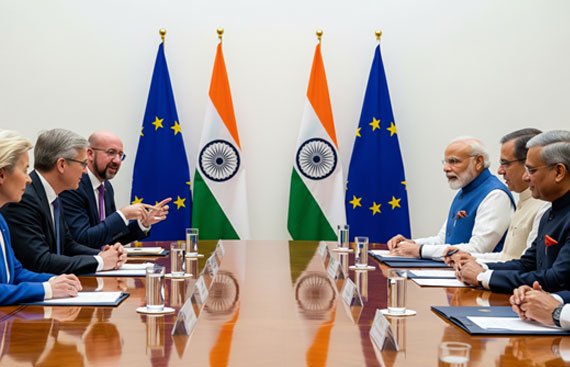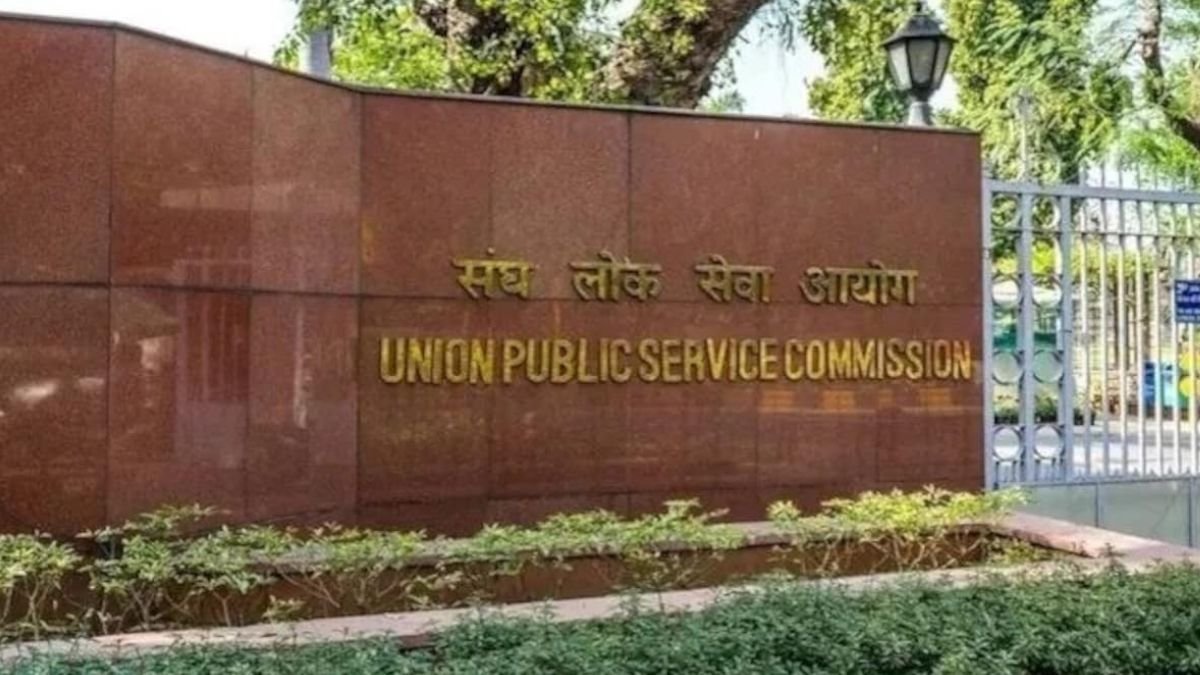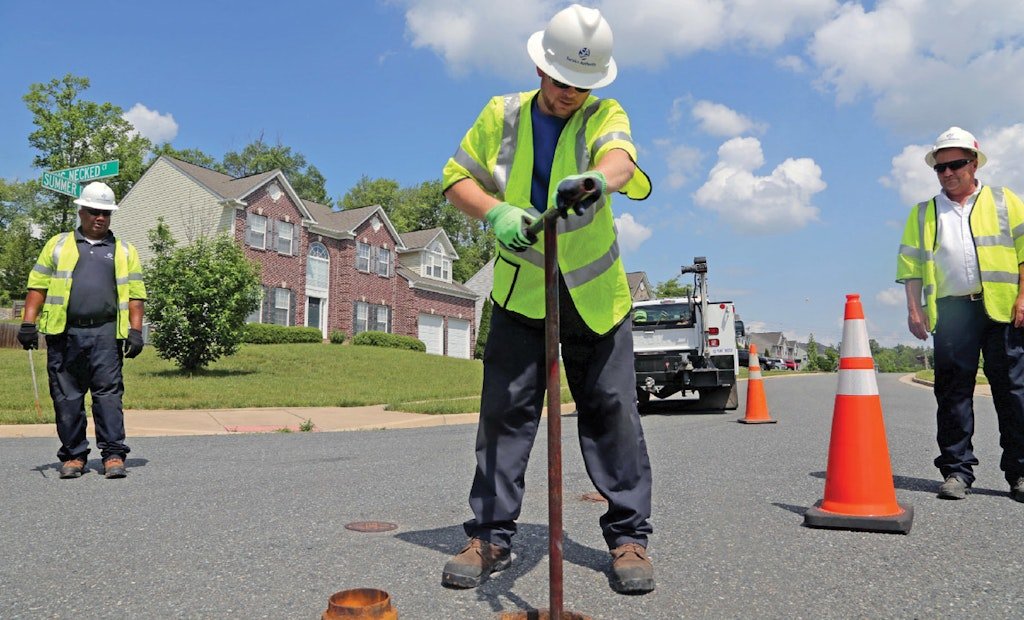Why in the News?
- The European Union (EU) recently issued a document outlining its strategic agenda for ties with India, ahead of the India-EU Leaders’ Summit scheduled for February 2026.
- The agenda is based on five core pillars: economy & trade, global connectivity, emerging technologies, security & defence, and people-to-people ties.
- This comes at a time of geopolitical shifts, with the U.S. showing unpredictability under Donald Trump, Europe is seeking to project itself as a reliable partner for India in global affairs.
Key Highlights of the Agenda
- Economy and Trade
- Current Status
- The EU is India’s largest trading partner in goods. In 2024, bilateral trade in goods reached EUR 120 billion; trade in services added another EUR 60 billion.
- Over 6,000 European companies operate in India, employing 3 million people directly.
- Current Status
- The EU is among India’s top FDI sources, with inflows of EUR 140 billion in 2023, almost double in five years.
- Existing Gaps
- Despite its size, India accounts for less than 2.5% of EU’s global trade.
- Indian investments in the EU are only EUR 10 billion, reflecting asymmetry.
- Planned Measures
- Negotiations for a Free Trade Agreement (FTA): Aim to conclude by end-2025.
- Investment Protection Agreement (IPA) to safeguard cross-border investments.
- Geographical Indications (GI) Agreement to protect traditional products (e.g., Darjeeling Tea, Kolhapuri Chappal).
- Comprehensive Air Transport Agreement to expand aviation connectivity.
- Creation of a bilateral macroeconomic dialogue platform.
- Global Connectivity
- Existing Platforms
- EU’s Global Gateway programme mobilises EUR 300 billion worldwide for infrastructure (digital, energy, transport).
- India has launched MAHASAGAR (Mutual and Holistic Advancement for Security and Growth) to expand regional maritime and connectivity projects.
- Existing Platforms
- Together, they concluded an EU-India Connectivity Partnership in 2021.
- Key Initiatives
- India-Middle East-Europe Economic Corridor (IMEC): Multimodal project reviving historic trade routes with ports, rail, digital, energy, and hydrogen pipelines. Seen as a democratic alternative to China’s BRI.
- Blue Raman Submarine Cable (11,700 km): Connects India-Europe via the Middle East and Africa, ensuring ultra-high-speed, resilient data connectivity.
- EU-Africa-India Digital Corridor: Builds a secure digital ecosystem spanning three continents.
- Green Shipping Corridors: Promote sustainable maritime routes, reducing dependence on carbon-intensive trade lanes.
- Emerging Technologies
- Complementary Strengths
- EU: Strong in research, regulation, green & digital tech, and industry expertise.
- India: Offers skilled workforce, vast datasets, growing electronics sector, and a vibrant startup ecosystem.
- Proposed Mechanisms
- Establishment of EU-India Innovation Hubs: Platforms bringing together policymakers, businesses, startups, and researchers to identify common priorities.
- EU-India Startup Partnership with agencies like European Innovation Council and Start-up India.
- Priority Areas
- Artificial Intelligence (AI): Joint work on large language models, multilingual NLP datasets, and AI applications in agriculture, healthcare, and climate action.
- Nuclear Energy Cooperation (under Euratom-India agreement): Focus on reactor safety, nuclear security, waste management, and fusion research.
- Complementary Strengths
- Technology Safeguards: Agreements to prevent unauthorised transfer/misuse of critical technologies, while ensuring their responsible and ethical use.
- Security and Defence
- Strategic Dialogues
- A new EU-India Strategic Dialogue on Foreign and Security Policy (2025) addresses areas like cybersecurity, counterterrorism, non-proliferation, and maritime security.
- Defence Cooperation
- Exploring an EU-India Security and Defence Partnership.
- Negotiations on a Security of Information Agreement to allow sharing of classified data.
- Strategic Dialogues
- Greater cooperation between the EU Naval Force and Indian Navy in the Western Indian Ocean and Indo-Pacific.
- Counterterrorism and Law Enforcement
- Joint efforts against terror financing, online radicalisation, cyber threats, and drug trafficking.
- Capacity-building and law-enforcement partnerships.
- Defence Industry Collaboration
- Proposal for an EU-India Defence Industry Forum to link private sectors, share best practices, and collaborate on R&D.
- EU’s expertise in defence manufacturing could help India reduce dependency on a few suppliers (Russia, U.S.) and diversify supply chains.
- People-to-People Ties
- Migration and Mobility
- 825,000 Indians lived in the EU in 2023, the largest beneficiaries of EU Blue Cards (skilled worker permits).
- Nearly 1 million Schengen visas issued to Indians in 2024, many with multiple-entry privileges.
- Migration and Mobility
- Focus on balanced migration: curbing illegal flows while supporting talent mobility aligned to India’s development and EU’s labour needs.
- Education and Research
- Expansion of Erasmus exchanges, Union of Skills initiative, and academic collaborations.
- Push for recognition of Indian qualifications and joint educational programmes.
- Encouragement of satellite campuses of European universities in India.
- Strategic Significance
- The EU is positioning itself as an attractive education and research hub for Indian students, at a time when U.S. restrictions make American universities less accessible.
- Language and cultural exchange programmes to strengthen mutual understanding.
Implications
- Economic Dimension
- A comprehensive FTA can boost trade flows, reduce tariffs, and open services markets.
- India gets access to Europe’s capital and technology; EU benefits from India’s large consumer base.
- Geostrategic Connectivity
- IMEC and Blue Raman projects offer a credible alternative to BRI, enhancing India’s strategic reach.
- Shared focus on sustainable, rules-based connectivity.
- Technology Collaboration
- India leverages EU’s world-class R&D, while EU gains from India’s digital innovation at scale.
- Joint AI work enhances global leadership in ethical, inclusive technology.
- Security Architecture
- Strengthens India’s role in Indo-Pacific security with European support.
- Diversifies India’s defence supply chains while building domestic manufacturing capacity.
- Societal and Cultural Links
- Migration and education policies boost India’s global talent footprint.
- Deepened cultural exchanges build long-term societal trust and cooperation.
Challenges and Way Forward
| Challenges | Way Forward |
| Stalled FTA talks due to tariff/non-tariff barriers | Fast-track negotiations with sectoral agreements (e.g., pharma, textiles, digital trade) |
| Geopolitical differences (e.g, EU stance on Russia, human rights) | Focus on areas of convergence like trade, tech, connectivity |
| China factor: EU cautious about IMEC’s strategic implications | Build IMEC as an inclusive, rule-based corridor |
| Data privacy and tech transfer issues | Develop joint data protection frameworks aligned with GDPR |
| Brain drain concerns for India with migration | Promote circular migration and skill partnerships |
Conclusion
The India-EU Strategic Agenda marks a comprehensive deepening of ties across five pillars: economy, technology, security, connectivity, and societal linkages. It reflects a shift in global alignments, with Europe positioning itself as a predictable, long-term partner for India. While challenges persist, the agenda offers a roadmap for mutually beneficial cooperation rooted in shared democratic values and strategic autonomy.
| Ensure IAS Mains Question
Q. Discuss the significance of the India–EU Strategic Agenda in the backdrop of shifting global alignments. How does it complement India’s vision of multipolarity and strategic autonomy? (250 words) |
| Ensure IAS Prelims Question
Q. Consider the following statements regarding India–EU relations: 1. The EU is India’s largest trading partner in goods and services. 2. The India–EU Free Trade Agreement has already been concluded in 2023. 3. The Blue Raman project aims to connect India and Europe through a secure submarine data cable system. 4. The IMEC initiative is designed as an alternative to China’s Belt and Road Initiative. Which of the statements given above is/are correct? a) 1 and 3 only b) 1, 3 and 4 only c) 2 and 4 only d) 1, 2, 3 and 4 Answer: b) 1, 3 and 4 only Explanation: Statement 1 is correct: The European Union (EU) is India’s largest trading partner, with bilateral trade in goods reaching EUR 120 billion in 2024, and trade in services adding another EUR 60 billion. India is also the EU’s largest trading partner in the Global South, highlighting the centrality of the partnership. Statement 2 is incorrect: The India–EU Free Trade Agreement (FTA) has not yet been concluded. Negotiations are still ongoing, with the target set for the end of 2025. Related talks on an Investment Protection Agreement (IPA), Geographical Indications (GI), and Air Transport Agreement are also in progress. Statement 3 is correct: The Blue Raman Project is a 11,700 km submarine cable system connecting India and Europe through the Mediterranean, Middle East, and Eastern Africa. It is part of the EU–Africa–India Digital Corridor, aimed at creating secure, resilient, and high-speed digital connectivity. This enhances data security and reduces risks from natural disasters or sabotage. Statement 4 is correct: The India–Middle East–Europe Economic Corridor (IMEC) was announced as a multimodal transport and connectivity initiative integrating maritime routes, railways, energy pipelines, and digital corridors. It is widely interpreted as a democratic and transparent alternative to China’s Belt and Road Initiative (BRI), offering countries a rules-based option. |
|
Also Read |
|
| UPSC Foundation Course | UPSC Daily Current Affairs |
| UPSC Monthly Magazine | CSAT Foundation Course |
| Free MCQs for UPSC Prelims | UPSC Test Series |
| ENSURE IAS NOTES | Our Booklist |





